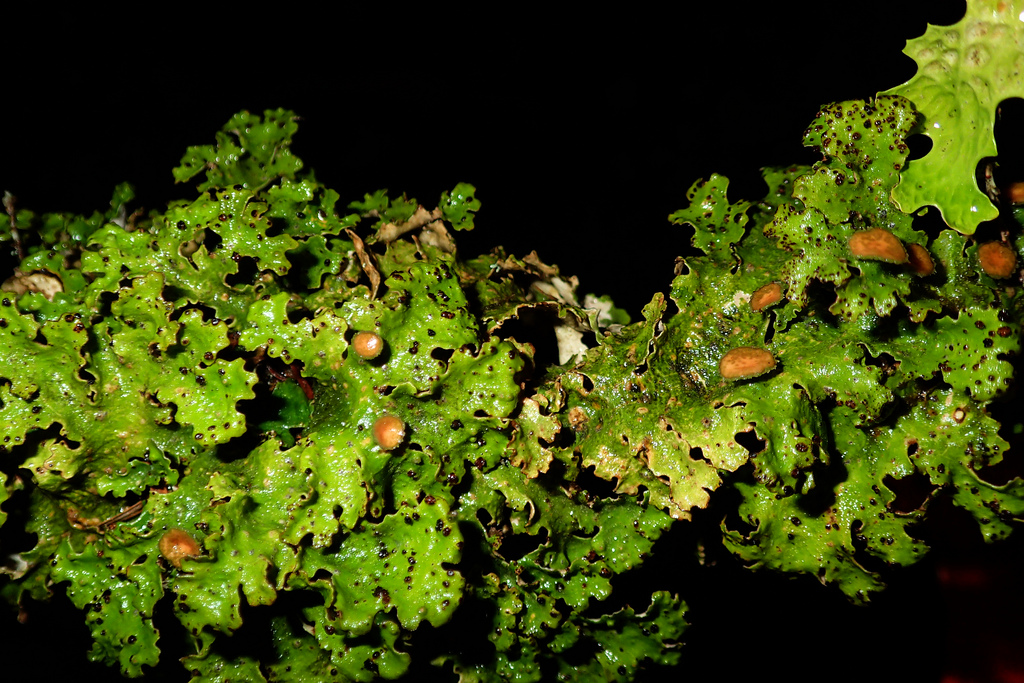
Chemical constituents of the lichen Dendriscosticta platyphylloides, Lobariaceae
- Faculty of Natural Sciences Pedagogy, Sai Gon University, HCMC
- Faculty of Environmental Science, Sai Gon University, HCMC
- Institute of Environment – Energy Technology, Sai Gon University, HCMC
- Institute for Molecules and Material, University of Maine, Avenue Olivier Messiaen, Le Mans Cedex, France
- Faculty of Chemistry, University of Science, National University Ho Chi Minh City
Abstract
Introduction: Dendriscosticta is a new genus belong the Sticta wrightii group of the family Lobariaceae. This genus of foliose lichen is widely distributed in tropical regions worldwide. The lichen Dendriscosticta platyphylloides is very abundant in Bidoup forest, Lam Dong province, Vietnam.
Methods: The structure of these compounds was elucidated through the interpretation of their 1D and 2D-NMR and HR-MS data. The cytotoxic activities of these compounds against liver hepatocellular carcinoma (HepG2), human lung cancer (NCI-H460), human epithelial carcinoma (HeLa) and human breast cancer (MCF-7) cell lines was performed at the concentration of 100 mg/mL using the sulforhodamine B (SRB) assay.
Results: In this paper, we reported the isolation of six known compounds, including (1) 15a-acetoxyhopan-22-ol (2) hopane-15a,22-diol, (3) zeorin, (4) cerevisterol, (5) salvigenin, and (6) 5-hydroxy-3',4',7-trimethoxyflavone.
Conclusion: This is the first time that these compounds are isolated from Dendriscosticta genus. These compounds showed no cytotoxic activity against four cell lines.

